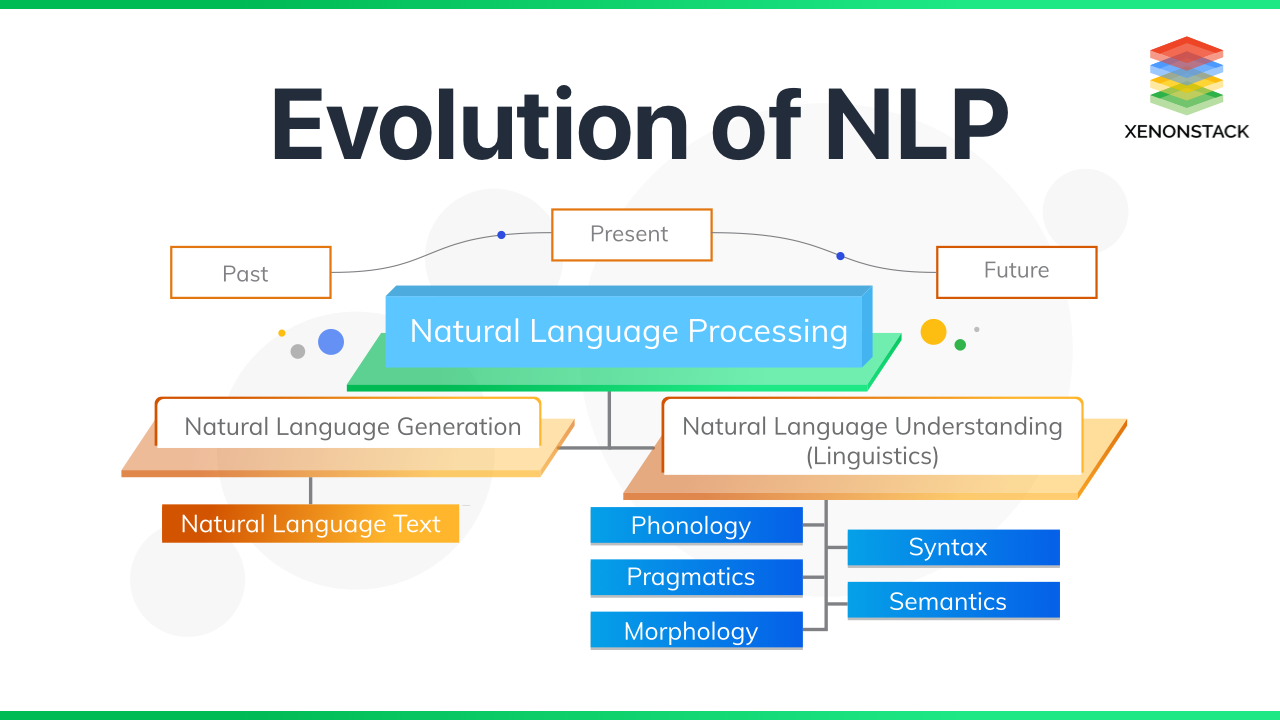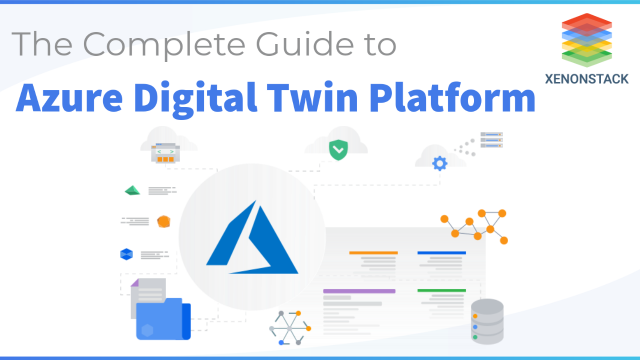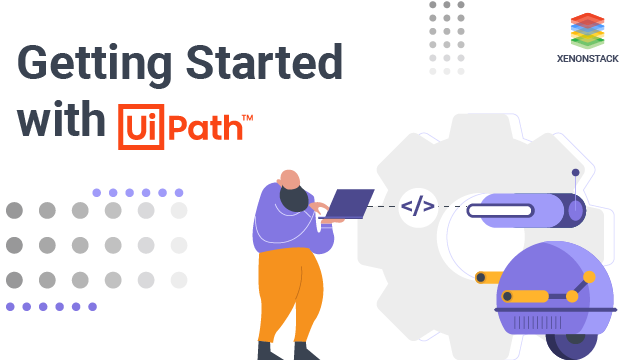In the modern world of artificial intelligence (AI) and machine learning (ML), computer vision has emerged as one of the most transformative and impactful technologies. With applications spanning across industries from healthcare to security, from retail to automotive, computer vision is revolutionizing how machines perceive and understand visual data. Amazon Rekognition, a powerful cloud-based service offered by Amazon Web Services (AWS), enables businesses and developers to build scalable computer vision solutions that can analyze images and videos, detect objects, identify people, and much more. In this blog, we will dive deep into building scalable computer vision solutions using Amazon Rekognition, exploring its features, applications, best practices, and how it can accelerate development in various use cases.
What is Amazon Rekognition?
Amazon Rekognition is a fully managed image and video analysis service powered by deep learning technology. It offers highly accurate image recognition, object detection, facial analysis, text detection, and more, all via a simple API. The service allows developers to integrate these capabilities into applications without the need to develop complex ML models from scratch. With the scalability and reliability of AWS, Rekognition can process millions of images and videos in real time, making it a perfect solution for applications that require large-scale visual analysis.
 Fig1.1 Flow of Amazon Rekognition
Fig1.1 Flow of Amazon Rekognition
The automotive market is on its way to a new face with video analytics's birth. Click to explore about, AI-based Video Analytics | Benefits and Challenges
Key Features of Amazon Rekognition
Amazon Rekognition provides several key features that make it suitable for a variety of computer vision applications:
-
Image and Video Analysis: Rekognition supports both image and video analysis, allowing you to detect objects, scenes, activities, and people in images and videos.
-
Object and Scene Detection: Rekognition can automatically identify and label hundreds of objects and scenes, including everyday items like furniture, animals, vehicles, and more.
-
Facial Analysis: Rekognition’s facial analysis capabilities can identify faces in images and videos, determine attributes such as age, gender, emotions, and even track people across frames.
-
Facial Recognition: Rekognition can match faces in images and videos, helping identify individuals, compare faces, and perform person verification in security systems.
-
Text Detection: It can detect text in images, whether it’s printed or handwritten, making it useful for reading signs, documents, and other forms of text in visual data.
-
Celebrity Recognition: Rekognition can identify public figures and celebrities within images and videos, adding a layer of convenience for media and entertainment industries.
-
Unsafe Content Detection: Rekognition offers the ability to detect inappropriate or explicit content in images and videos, which is vital for social media platforms, content moderation, and child protection.
-
Real-Time Video Processing: Through Rekognition Video, developers can analyze live streams and recorded videos in real-time for object tracking, facial analysis, and activity recognition.
Building a Scalable Computer Vision Solution with Amazon Rekognition
Building a scalable computer vision solution with Amazon Rekognition involves several steps, from data collection to system deployment.
 Fig1.2. Scalable computer vision solution with Amazon Rekognition
Fig1.2. Scalable computer vision solution with Amazon Rekognition
Below are the high-level steps to get started
Step 1: Define Your Use Case
The first step in building any computer vision solution is defining the problem you want to solve. Whether you're working on a security system, a retail analytics tool, or a healthcare application, identifying the specific use case is crucial for determining which Rekognition features to leverage. Take time to gather the requirements and determine the expected scale of the solution.
Step 2: Data Collection and Preprocessing
Once you’ve defined your use case, the next step is to gather the data. In most cases, this will involve collecting images or videos that are representative of the content you want to analyze. Amazon Rekognition works well with a variety of formats, but ensuring that your data is clean, labeled, and of high quality will improve the accuracy of the analysis. You can use AWS services like Amazon S3 to store and organize your data for easy access.
Step 3: Integration with Rekognition APIs
The core of building your solution involves integrating Rekognition APIs into your application. Amazon provides detailed documentation on how to call Rekognition APIs to analyze images or videos. You’ll use the appropriate API methods to analyze your data—whether that’s detecting objects, faces, or unsafe content.
For example, if you’re working with images, you might use the DetectLabels API to detect objects in an image, or the RecognizeCelebrities API to identify celebrities.
Step 4: Real-Time Analysis
If your application requires real-time analysis, you’ll need to integrate Rekognition with services like AWS Lambda and Amazon Kinesis. These services allow you to process video streams or live feeds in real time and perform computer vision tasks on the fly. For instance, you can use Rekognition’s StartStreamProcessor to analyze live video streams.
Step 5: Scaling Your Solution
As your user base grows, so will your data. One of the key advantages of using Rekognition is its ability to scale seamlessly. You can process large volumes of images and videos as your business expands without worrying about infrastructure. The service automatically scales to meet demand, so you don’t need to manage servers or worry about performance bottlenecks.
Step 6: Optimization and Cost Management
Although Rekognition is cost-efficient, it’s important to optimize usage to manage costs effectively. You can set up usage limits, monitor your usage with AWS CloudWatch, and use AWS Cost Explorer to track and analyze your spending. Additionally, make sure you’re only processing the data you truly need to avoid unnecessary costs.
According to the Artificial Intelligence Global Surveillance index, at least 75 out of 176 countries globally are actively using AI-based surveillance technologies. Click to explore about, How AI Is Making An Impact On The Surveillance World
Applications of Amazon Rekognition
Amazon Rekognition can be used in a variety of industries, offering valuable insights that improve operational efficiency, enhance security, and unlock new opportunities. Let’s explore some real-world use cases where Rekognition is helping businesses build scalable computer vision solutions.
Retail and E-Commerce
In the retail and e-commerce sectors, Rekognition can be used to enhance customer experience, improve inventory management, and automate product tagging. By using image recognition, businesses can:
-
Customer Behavior Analytics: Analyzing video feeds in physical stores can help retailers track customer behavior, detect product interactions, and gain insights into customer preferences and shopping patterns.
Security and Surveillance
Rekognition’s facial recognition and object detection capabilities make it ideal for security applications, including surveillance, access control, and monitoring:
-
Automated Surveillance: Rekognition can analyze live video streams from security cameras to detect suspicious activities, such as unauthorized intrusions, abnormal behavior, or vehicles entering restricted areas.
-
Crowd Management: For large events, Rekognition can help with crowd management by analyzing video feeds to identify crowd sizes, monitor crowd movements, and detect potential security risks.
Healthcare
In healthcare, computer vision can be leveraged for medical imaging, patient monitoring, and healthcare analytics. Rekognition plays a significant role by enabling:
-
Medical Imaging: Rekognition can analyze X-rays, MRIs, and other medical images to detect anomalies such as tumors, fractures, or other conditions, aiding in faster diagnosis and better treatment plans.
-
Patient Monitoring: Rekognition’s facial analysis can be used to monitor patient health by tracking emotional states, identifying signs of distress, or assisting with monitoring patients in critical care units.
Media and Entertainment
The media and entertainment industry can benefit from Rekognition’s capabilities in content analysis and management. Key applications include:
-
Video Editing: Rekognition can assist with automatic scene detection, helping editors identify key scenes, people, or objects in videos, speeding up the editing process.
-
Audience Engagement: By recognizing celebrities or influencers in videos, Rekognition can help media companies create engaging and personalized experiences for their audiences.
Automotive Industry
Rekognition is also making an impact in the automotive industry by improving vehicle safety, autonomous driving, and traffic management. Some examples of applications are:
-
Traffic Monitoring: By analyzing video feeds from traffic cameras, Rekognition can help in detecting traffic violations, monitoring traffic flow, and improving urban mobility.







